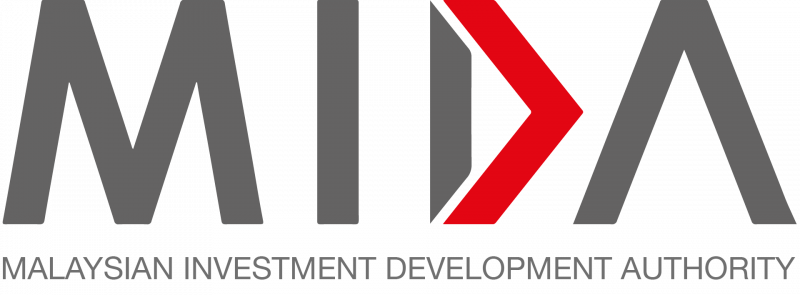Track record, IBS make group a strong contender
“With the RM1bil total new wins for an industrial warehouse and semiconductor factory announced on June 21, this data centre project brings year-to-date FY25 wins to RM1.3bil.” CGS International Research
IJM Corp Bhd is the latest construction outfit to win a data centre job and it may play catch up to other contractors such as Sunway Construction Group Bhd (Suncon) and Gamuda Bhd, which have been winning more jobs in the data centre space.
IJM announced on Wednesday that it has been awarded its first data centre win, a Rm331.7mil contract to design and construct Block 2 of the Iskandar Puteri Data Centre in Johor, for TM Technology Services Sdn Bhd.
Construction begins from July this year and the project is slated for completion in the third quarter of 2025.
CGS International Research (CGSI Research) said IJM is likely to win more jobs in the data centre sector due to its strong track record in building projects and also its industrialised building system (IBS) plant in Bestari Jaya, Selangor.
The research house added that Suncon may be more selective in its tenders, given the urgency to complete the Sedenak data centre in Johor, while Gamuda’s strategy is to target hyperscalers that value speed of construction.
According to CGSI Research, IJM’S latest contract win is different from Telekom Malaysia Bhd and Singapore Telecommunications Ltd’s announcement on June 18, which was to develop a hyper-connected artificial intelligence-ready data centre campus in Johor with an initial capacity of 64 megawatt (MW) – potentially to be scaled up to 200MW.
The research house said IJM appears to be on track to achieve its RM5bil new order target for the financial year ending March 31, 2025 versus Rm3.7bil in the financial year 2024 (FY24), with a total order book of Rm7.3bil as at June.
“With the Rm1bil total new wins for an industrial warehouse and semiconductor factory announced on June 21, this data centre project brings year-to-date FY25 wins to RM1.3bil.
“Other potential wins include the North Pantai Expressway extension (Rm1bil), civil servant housing project in Nusantara Indonesia (Rm1bil), Penang light rail transit, ART Blue Line in Sarawak and other industrial buildings, data centres and semiconductor factories,” it added.
The research house reiterates its “add” call on the counter with a target price (TP) of RM3.66 as it continues to like IJM as a diversified infrastructure proxy in Malaysia.
Meanwhile, RHB Research estimates around 20% to 30% of IJM’S construction order book comes from industrial jobs.
“In fact, IJM stands to be the contractor with the highest number of industrial job wins (excluding data centres) in the past 12 months compared to other Malaysian large-cap contractors.
“IJM has two factories for industrial concrete piles in Ulu Choh and Senai, Johor, which we view may be utilised for providing concrete piles for the latest data centre job.”
Source: The Star
IJM likely to win more data centre jobs
Content Type:
Duration:


